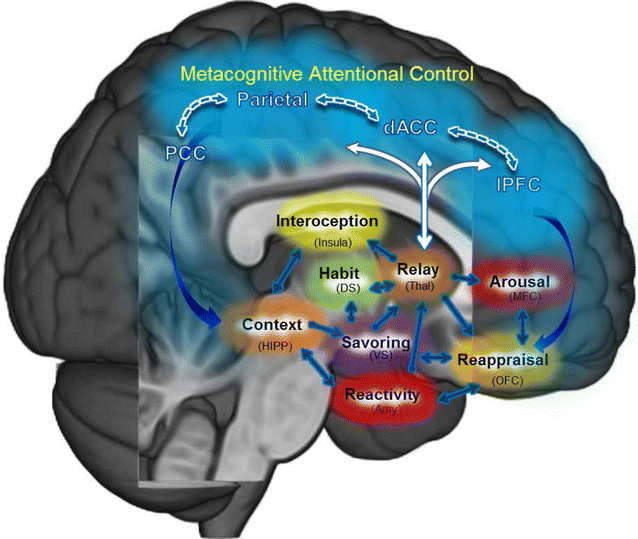

The group at Brookhaven has conducted a comparable experiment in the past with alcohol-addicted rats, and found similar results. The change lasted for about six days before the rats returned to their previous usage. After the gene therapy treatment, the rats showed a 75 percent decrease in cocaine self-administration. It was hoped the virus would insert the D2 receptor gene into the cells of the rats’ reward system, leading to an increase in D2 production, and a consequent reduction in addictive behavior. They then injected an innocuous virus that carried the gene for D2 receptor production into the rats’ brains. First, the scientists trained a group of rats to self-administer cocaine (not a difficult thing to do, as most organisms tend to like cocaine). They found gene therapy to be a successful way to do it. Department of Energy’s Brookhaven National Laboratory to search for a way to increase the number of D2 receptors in an addicted brain, in the hopes that doing so could reverse the process of addiction. This understanding of the role of D2 receptors in addiction led researchers at the U.S. The drug is the only substance that can facilitate a sense of pleasure, and compulsive use becomes difficult to avoid. Downregulation can lead to a disruption of the reward system that causes an addict to have difficulty finding pleasure in “normal” activities. This occurs due to a process called downregulation, which is a natural response of the body to decrease the number of receptors for a substance if the substance seems to be available in excessive amounts. Over a period of time, this increase in dopamine activity in the brain can cause D2 receptors throughout the reward system to become depleted.

When a drug is used, it increases dopamine transmission. Low levels may predispose drug users not only to trying drugs, but also to using them in amounts large enough to lead to addiction. A normal level of D2 receptors in an area of the brain called the nucleus accumbens is thought to play an important role in regulating impulsivity, and thus in avoiding an initial exposure to large amounts of drugs (or any addictive substance).

This diminished D2 receptor density can lead to addiction in two ways. Specifically, the density of a receptor called the D2 receptor is found to be decreased. One of these commonalities found in the brains of addicted subjects involves a reduction of the number of available dopamine receptors in reward areas of the brain. By identifying common neurobiological substrates that underlie all types of addiction, however, scientists hope to find drug targets that may one day allow it to be treated at least as methodically as other widespread disorders like depression. When you take into consideration the number of ways in which it can manifest itself, addiction is probably the most prevalent mental disorder that we don’t yet have a pharmaceutical treatment for.


 0 kommentar(er)
0 kommentar(er)
